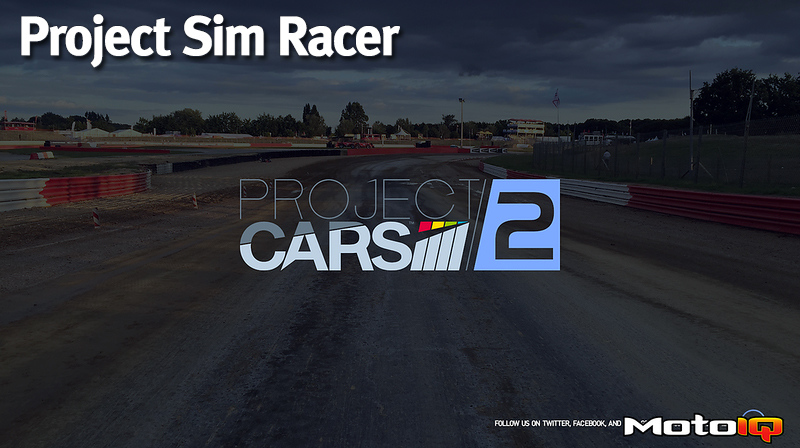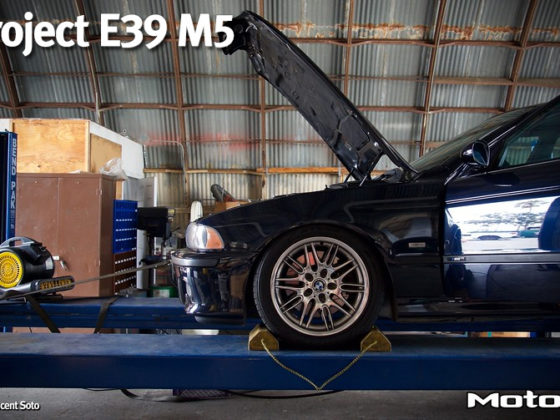,
 It also includes a nice selection of rallycross tracks. Yumps and joker runs, anyone?
It also includes a nice selection of rallycross tracks. Yumps and joker runs, anyone? Project Cars 2 features 180 fully licensed vehicles covering 9 disciplines of motorsport, from street cars to full race cars. For those who like the classic action, the title features an array of vintage formula cars and roadsters.
Project Cars 2 features 180 fully licensed vehicles covering 9 disciplines of motorsport, from street cars to full race cars. For those who like the classic action, the title features an array of vintage formula cars and roadsters.
 To go with the wide array of vehicles, Project Cars 2 offers 60 racing venues, including 20 fully laser-scanned tracks, with 130 total layouts (variations of tracks considered). You will be hard-pressed to run out of things to drive and places to drive them.
To go with the wide array of vehicles, Project Cars 2 offers 60 racing venues, including 20 fully laser-scanned tracks, with 130 total layouts (variations of tracks considered). You will be hard-pressed to run out of things to drive and places to drive them.The game does an excellent job of representing the real-world facilities in true to life form. One thing that games usually get wrong is the sense of elevation change, but PC2 delivers in this arena. Having been to several of these circuits in real life (Imola, Nürburgring, etc), I can attest to the realism and accuracy of the tracks. Even, in some cases, down to the miscellaneous scenery details.
 The various career paths available to you.
The various career paths available to you.In contrast to both iRacing and rFactor 2, Project Cars 2 offers the typical “arcade” career mode, with various pre-defined paths that one can choose to compete in. The five primary progressions include formula car, LMP/endurance racing, GT, touring car, and rallycross.
While iRacing completely lacks any form of AI/computer-controlled drivers, both rFactor 2 and Project Cars 2 do offer simulated components to go against. However, PC2 is the only one that does this fully wrapped in a “racing season”, and what a season it is.
 The Project Cars 2 racing season.
The Project Cars 2 racing season.Each series has a schedule which can either be short (a few races) or long (a bunch of races). In this case, I have completed the entry-level Ginetta championship (which happened to be in the touring car / rallycross progression) and had opted to move into the GT progression with the GT5 Ginetta.
 If only it were this easy to pick a team to race for…
If only it were this easy to pick a team to race for…Slightly Mad Studios really wanted you to feel like you were embarking on a racing career. Here, you pick a particular car on a particular racing team to use for the season.



